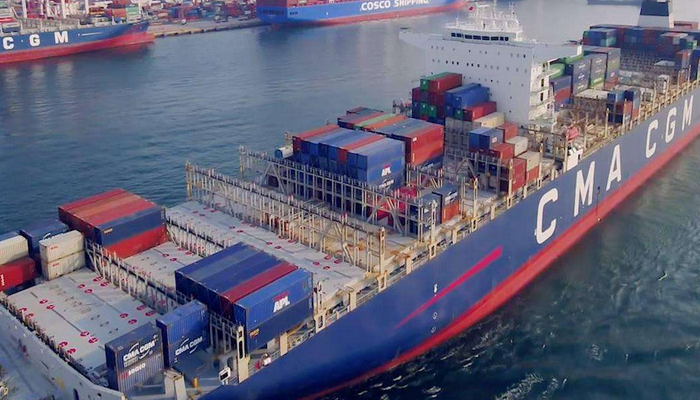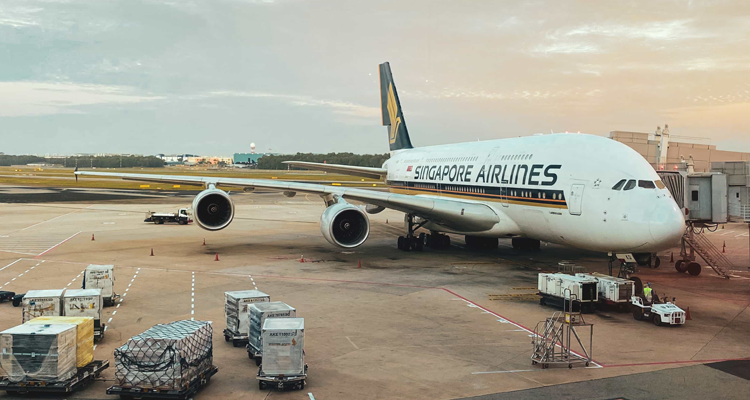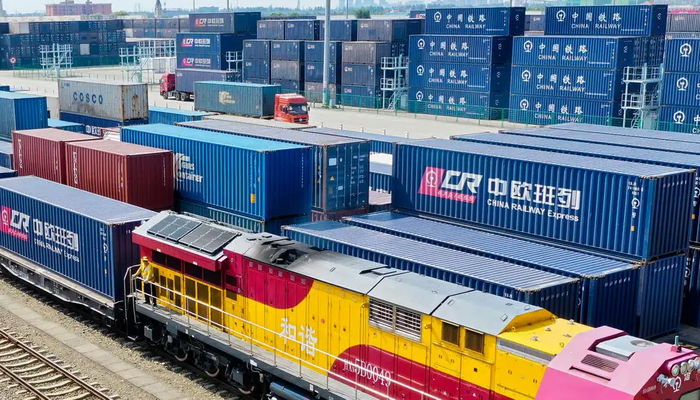Li stressed the need to strengthen infrastructure, rail transit and environmental construction
At a State Council executive meeting presided over by Premier Li Keqiang on July 31, plans were made to strengthen urban infrastructure construction. The meeting decided to strengthen the construction and upgrading of municipal underground pipe networks, strengthen the construction of sewage and household garbage treatment and recycling facilities, and strengthen the construction of subway, light rail and other large-capacity public transportation systems.
Experts believe that the proposed new infrastructure development, will undoubtedly stabilize investment, and will promote building materials pipe network, light rail and other related industry development.
As early as this April, The General Office of the State Council has issued the "Notice on the construction of urban drainage and waterlogging facilities", indicating that the construction of urban drainage and waterlogging pipe network ushered in substantive support policies. According to the notice, it is expected that China's urban above-ground pipe network is expected to be completely transformed within 5-10 years. In addition, the Ministry of Housing and Urban-Rural Development has drawn up the Compilation Outline of Comprehensive Planning for Urban Drainage (Rainwater) And Waterlogging Prevention to guide local governments in formulating comprehensive plans in line with local conditions.
According to a special survey conducted by the Ministry of Housing and Urban-Rural Development on the drainage capacity of 351 cities in China in 2010, 62% of cities experienced different degrees of waterlogging from 2008 to 2010, among which 137 cities suffered more than three waterlogging disasters.
Some materials show that the laying cost of underground pipeline is very high, the comprehensive cost of steel mixed drainage pipeline of 1200 mm diameter is 1.6 million yuan per kilometer, and the cost of pipeline of 2000 mm diameter is about 4 million yuan per kilometer. If the comprehensive pipe corridor is to be built, the investment per kilometer will reach tens of millions of yuan. The total length of Beijing's municipal pipe network is about 40,000 kilometers, including upstream and downstream water, rainwater and sewage pipes. If the drainage pipe network and drainage system are to be completely renovated and repaired, tens of billions of yuan will be needed to eliminate hidden dangers fundamentally. It is reported that Beijing has spent at least 3 billion yuan on urban river management and pump station renovation before the flood season this year.
Therefore, even if each city invests only 1 billion yuan to transform underground pipe network, the total investment in China will be over 350 billion yuan. From this calculation, the next few years of the entire city infrastructure investment scale of 10 trillion is not empty talk.
Moreover, according to previous plans on sewage treatment and waste treatment, the total investment in sewage treatment will reach 450 billion yuan during the 12th Five-Year Plan period, including investment from the central government, local governments and individuals, and the total investment in domestic waste treatment will reach 280 billion yuan. The total investment in both will reach 730 billion yuan.
The scale of urban rail and light rail construction is also considerable. Last year, the National Development and Reform Commission issued 25 approval documents for urban rail in one breath, which is still fresh in people's minds.
"Twenty-eight cities across the country have urban rail transit in operation or under construction. Among them, 12 cities have urban rail transit lines in operation." Huang Min, head of the basic industry department at the National Development and Reform Commission, said last year that 28 cities were expected to have 3,000 km of operational lines by the end of the 12th Five-Year Plan period.
According to experts from the China Urban Rail Transit Association, the total investment in urban transportation will reach 1.2 trillion yuan by 2015. By 2020, 40 cities will have subways, with a total planned length of 7,000 km, 4.3 times the current total.
For the above urban infrastructure, the market may be more worried about its construction funding sources. In this regard, analysts point out that urban rail grid sewage and garbage treatment facilities, the use of social funds to build means has been relatively mature, and the further deepening of the reform, is expected to enter more and more social funds, funds can be guaranteed.
Last year, the Ministry of Housing and Urban-Rural Development officially issued the Implementation Opinions on Further Encouraging and guiding Private Capital to enter the field of municipal public utilities. Private capital is encouraged to invest directly or indirectly in the construction and operation of projects such as urban gas supply, heating, sewage treatment plants and household garbage treatment facilities by means of sole proprietorship, joint venture and cooperation, asset purchase, purchase of local government bonds, investment funds and stocks.
This year, with the cancellation and decentralization of a large number of administrative approvals, private capital and local governments have more and more room for project activities, so the market should have reason to believe that urban infrastructure, capital is not a problem.



